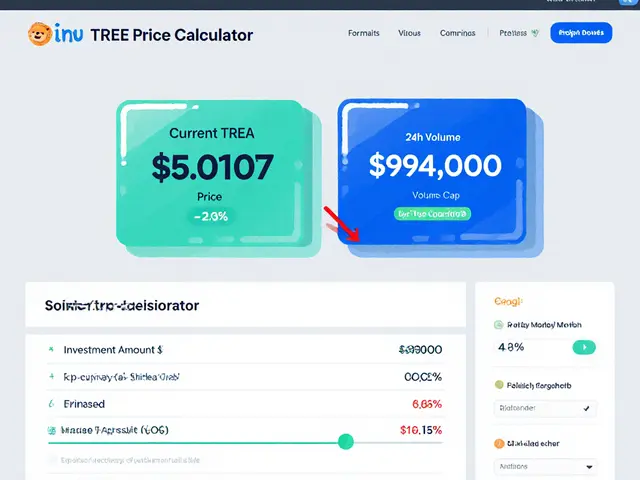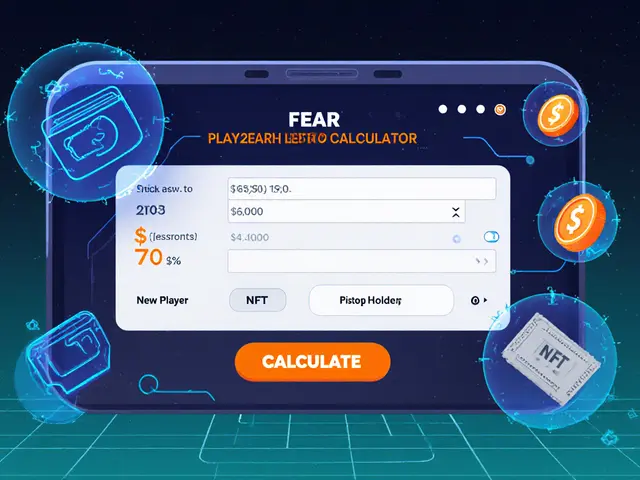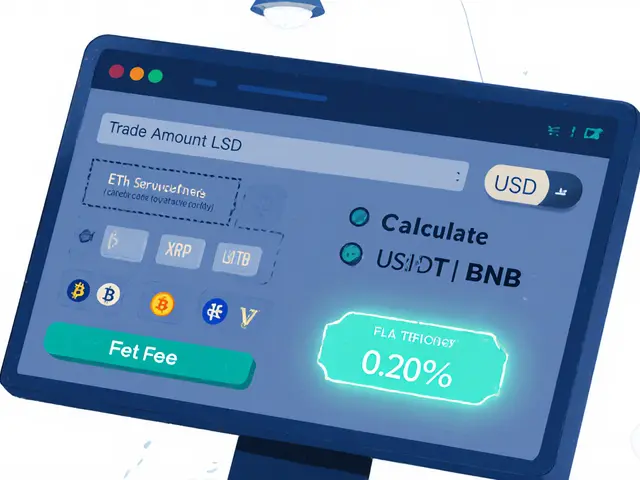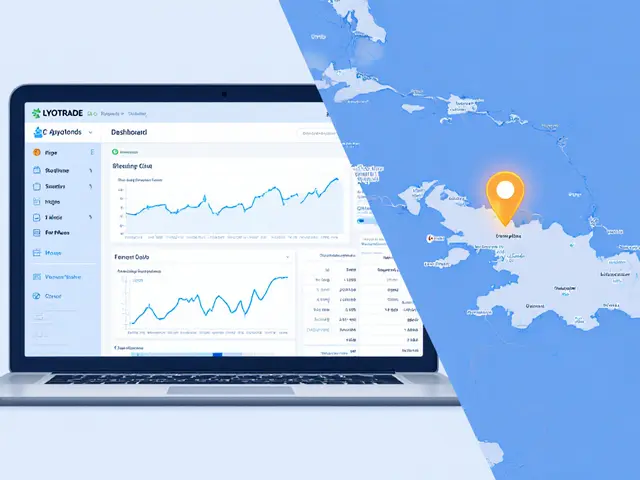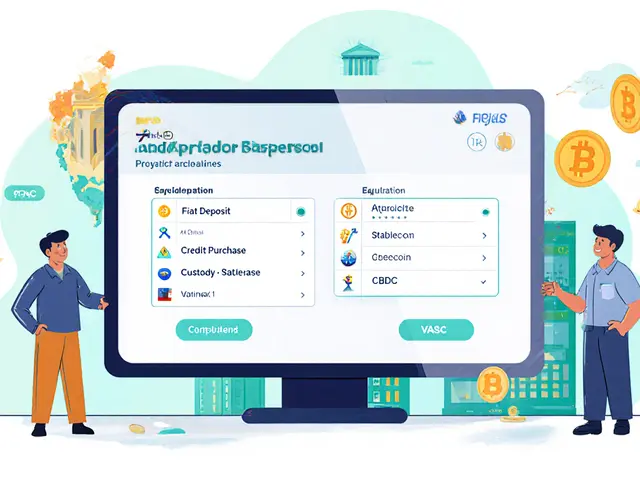Peer-to-Peer Energy Trading
If you’re curious about peer-to-peer energy trading, you’re in the right spot. When you hear peer-to-peer energy trading, a system where households buy and sell electricity directly with each other. Also known as P2P power exchange, it relies heavily on modern tech like blockchain, a decentralized ledger that records each kilowatt‑hour transfer securely and clean sources such as renewable energy, electricity generated from solar, wind, or hydro installations. By cutting out the big utility middle‑man, participants can lower their electricity bills, boost grid resilience, and even earn income from surplus power. The whole model hinges on trust‑less verification, which is exactly what blockchain delivers.
Local microgrids, community‑scale networks that balance supply and demand in a defined area act as the playground where P2P trades happen. Within a microgrid, neighbours can see real‑time generation data, match buyers with sellers, and settle payments instantly. Smart contracts, self‑executing code that triggers payments once predefined conditions are met automate billing, cut paperwork, and guarantee that every transaction settles in seconds without human error. This automation also brings transparency: anyone can audit the contract on the blockchain, which reduces disputes and builds confidence among participants.
To make electricity tradable, many projects mint energy tokens, digital assets that represent a fixed amount of power, such as one kilowatt‑hour. Tokenization lets users buy fractions of a kilowatt‑hour, unlock liquidity, and even earn rewards for feeding excess solar back into the grid. Because tokens are programmable, platforms can embed incentives like higher payouts for peak‑time consumption reduction. Regulators are still figuring out how to classify these tokens, but most frameworks treat them like commodities, requiring transparent reporting, AML checks, and clear ownership records. Understanding the regulatory backdrop is essential before you start trading or launching a token‑based marketplace.
What’s Inside the Collection
Below you’ll find articles that dive into real‑world pilots, tax implications, platform reviews, and step‑by‑step guides to start trading power yourself. Whether you’re a homeowner with rooftop panels, a developer building a community microgrid, or just curious about the future of electricity, these pieces give you the practical know‑how to join the market. Explore the range, pick the guide that matches your need, and get ready to power your own energy economy.
Explore how blockchain revolutionizes energy data management, offering transparent, secure, and cost‑effective solutions for utilities, prosumers, and regulators.


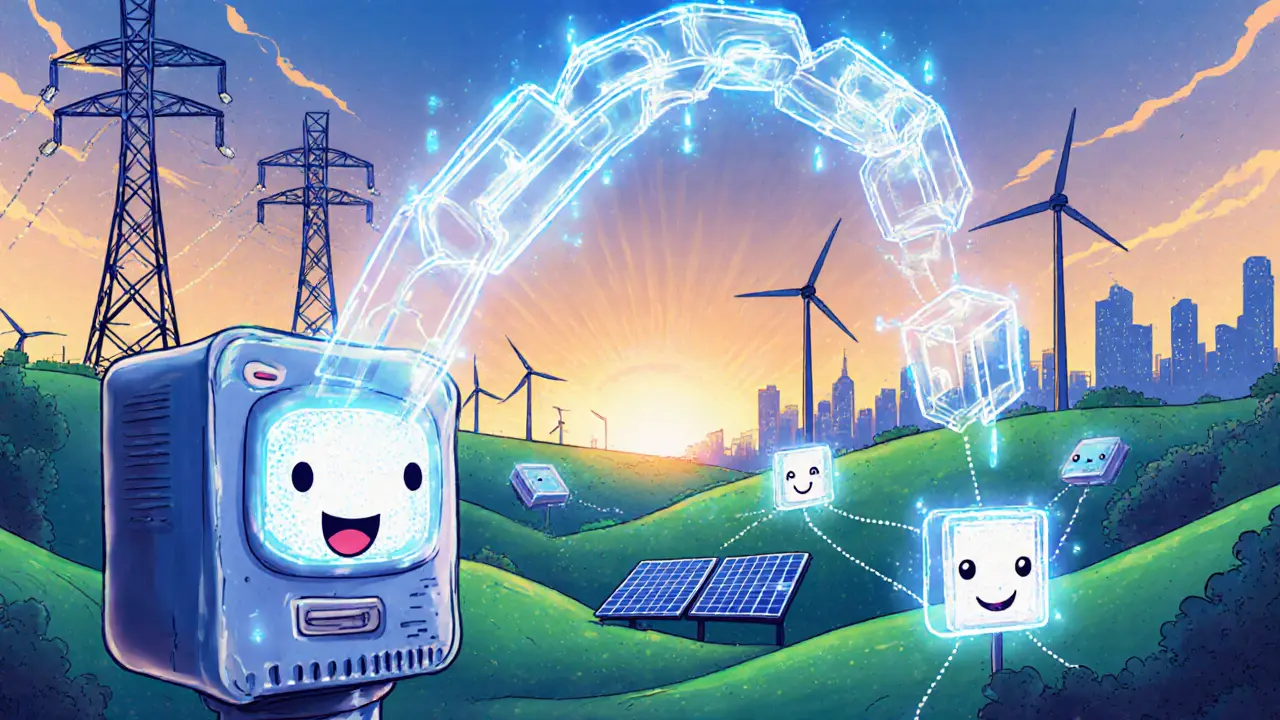
 Finance
Finance
